DC Output Quality
For those of you that are curious as to some of the reasoning and equipment behind our PSU testing program here at TheFPSReview, we have put together an introduction for you that shares a lot of the behind-the-scenes of the program. This program is based on what the author developed at [H]ardOCP and utilizes the equipment bequeathed to the author by Kyle Bennett. The testing we are conducting today is exactly as described in that document and will continue with our examination of the DC Output Quality.
Control Test Graphing
This image is the blank background control test on an unused connector from our SM-8800 during the testing of the Lian Li SP750. This lets us determine what the background noise looks like during testing.
120v Input
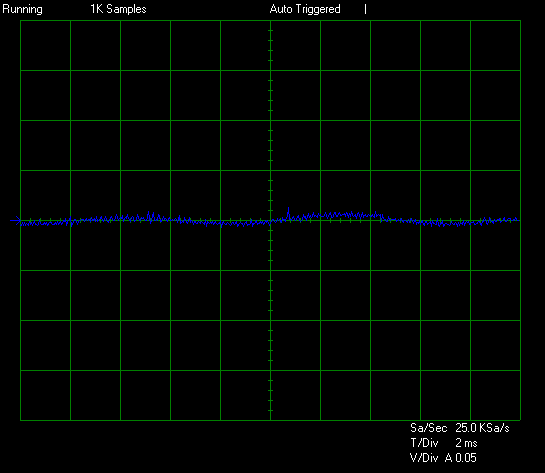
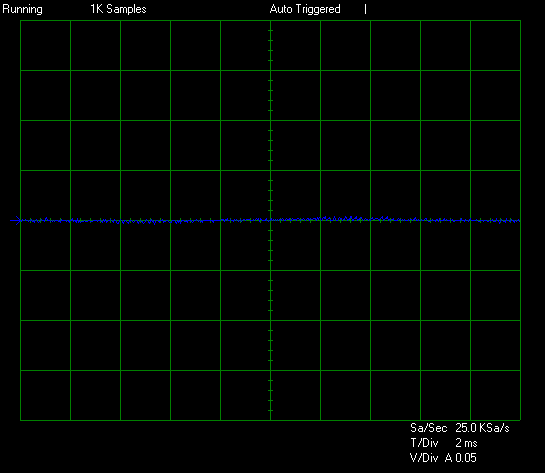

100v Input

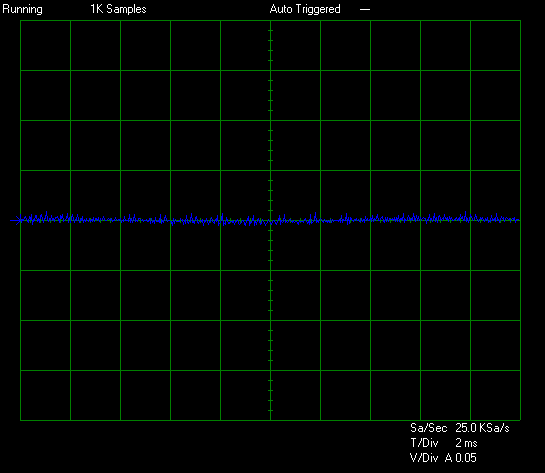

Test #1 is equal to approximately 25% of the rated capacity of the Lian Li SP750 at 45c. This makes Test #1 equal to 183W by loading the 12v rail to 13a, the 5v rail to 2a, the 3.3v rail to 1a, the +5vsb to 2a, and the -12v to 0.3a. The Lian Li SP750 is starting off in decent shape. All of the rails we monitor are peaking at between ~10mV (5v rail) and ~25mV (12v) of ripple/noise.
120v Input



100v Input



Test #2 is equal to approximately 50% of the rated capacity of the Lian Li SP750 at 45c. This makes Test #2 equal to 368W by loading the 12v rail to 27a, the 5v rail to 4a, the 3.3v rail to 2a, the +5vsb to 2a, and the -12v to 0.3a. Test #2 sees only minor changes. The 12v rail is still coming in at ~25mV of ripple/noise while the 5v rail is hitting ~15mV and the 3.3v rail is hitting ~15mV as well.
120v Input

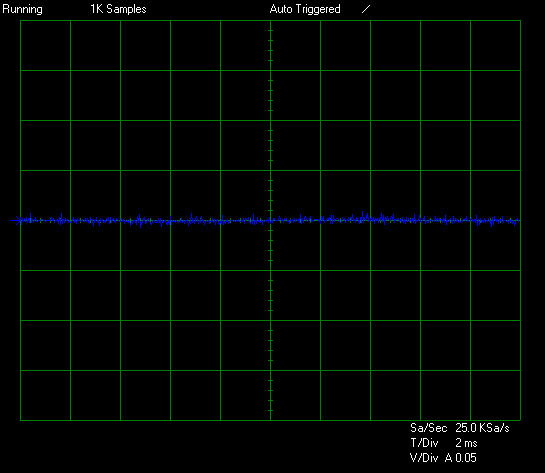
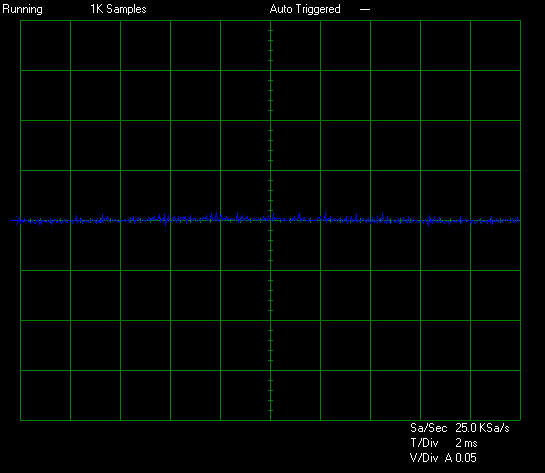
100v Input


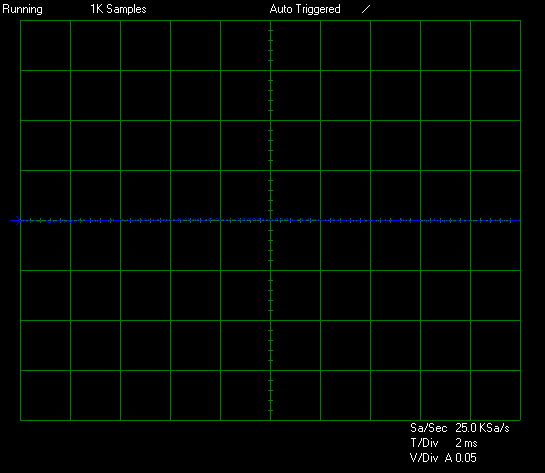
Test #3 is equal to approximately 75% of the rated capacity of Lian Li SP750 at 45c. This makes Test #3 equal to 568W by loading the 12v rail to 42a, the 5v rail to 7a, the 3.3v rail to 5a, the +5vsb to 2a, and the -12v to 0.3a. Test #3 sees the 12v rail peaking at ~30mV of ripple/noise while the minor rails are coming in at ~15mV of ripple/noise.
120v Input
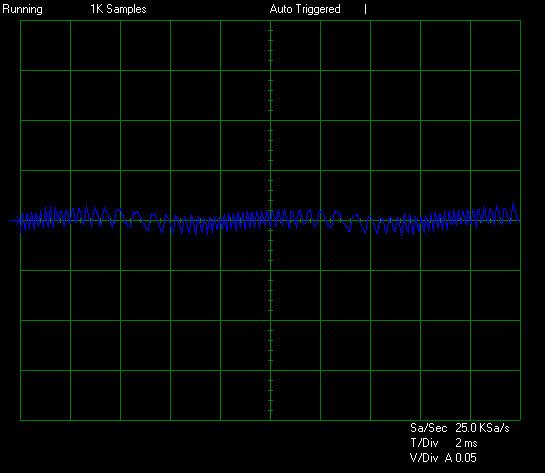
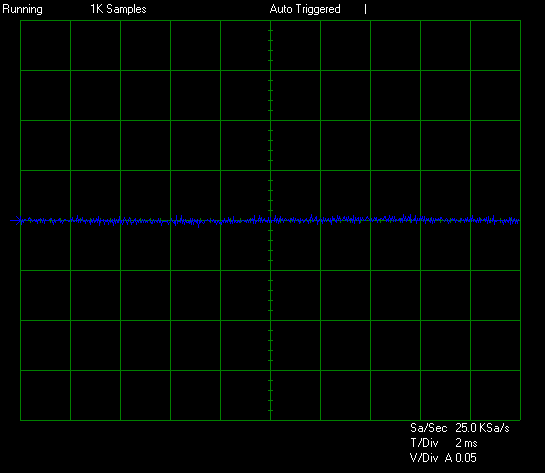

100v Input

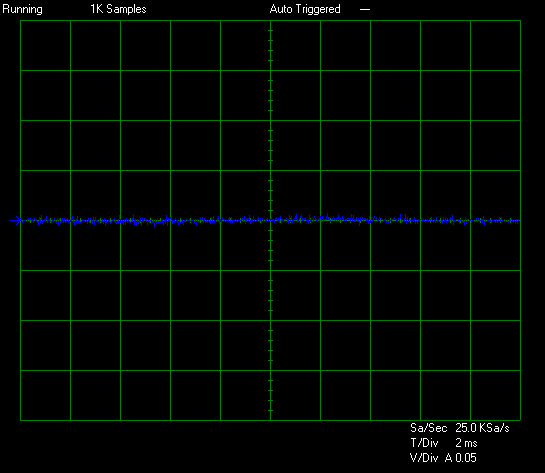

Test #4 is equal to approximately 100% of the rated capacity of the Lian Li SP750 at 45c. This makes Test #4 equal to 746W by loading the 12v rail to 60a, the 5v rail to 2a, the 3.3v rail to 1a, the +5vsb to 2a, and the -12v to 0.3a. In the final regular test, we see the 12v rail peaking at ~40mV of ripple/noise while the minor rails are peaking at ~15mV of ripple/noise (5v) or ~10mV of ripple/noise (3.3v) which is a slight decrease relative to what we saw in Test #3.
Torture Test
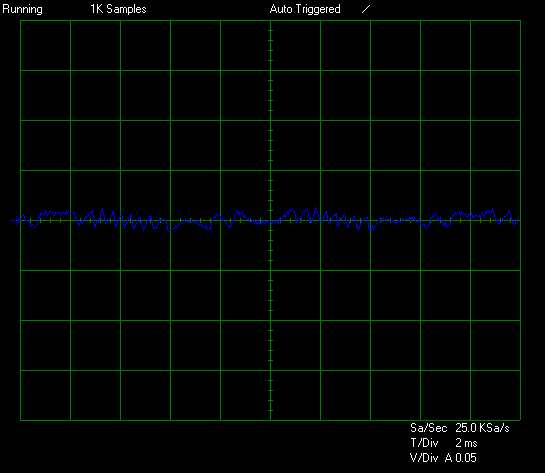
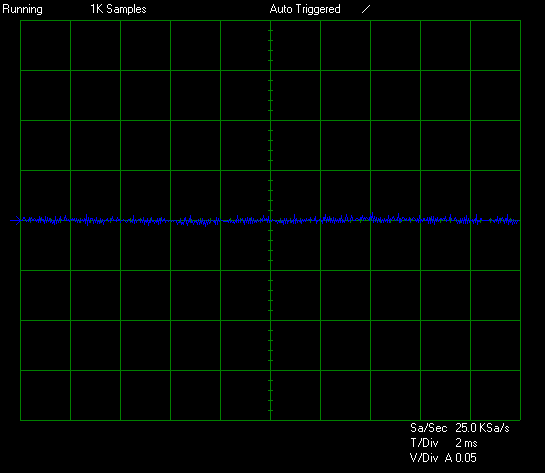
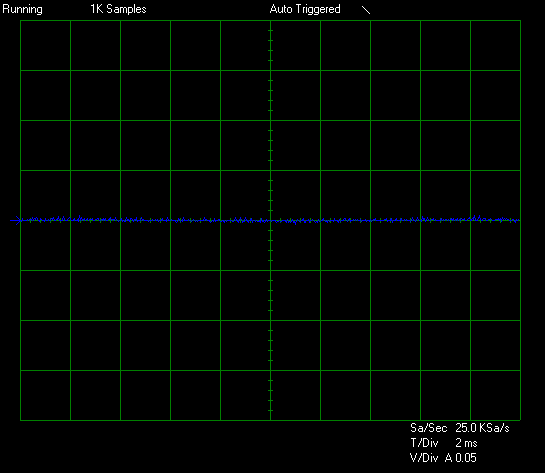
The Torture Test is equal to approximately 80% of the rated capacity of the Lian Li SP750 at 45C full load. This makes the Torture Test equal to 601W by loading the 12v rail to 44a, the 5v rail to 8a, the 3.3v rail to 6a, the +5vsb to 2a, and the -12v to 0.3a. At the end of the Torture Test, we see the 12v rail peaking at ~30mV of ripple/noise while the 3.3v rail is peaking at ~10mV of ripple/noise and the 5v rail is peaking at ~15mV of ripple/noise.
DC Output Quality Summary
The overall DC Output Quality of the Lian Li SP75 is very good in an absolute sense. The SP750 ended up posting a peak trace amplitude on the 12v rail of ~40mV followed by ~15mV on the 3.3v rail and ~15mV on the 5v rail. The worst relative value among these results still hit a value that was well below ~50% of the ATX12v specification limit and this is coming out of an SFX-sized unit. On top of that, this unit bested the SilverStone SX750 across the board in this test. All together then, these results are quite excellent.

